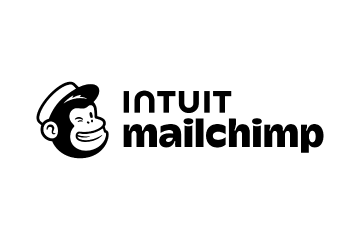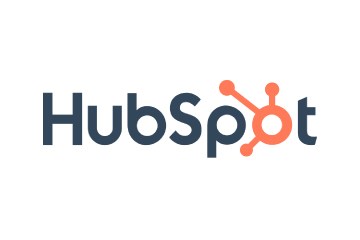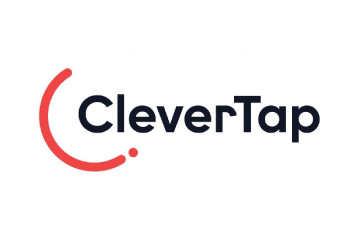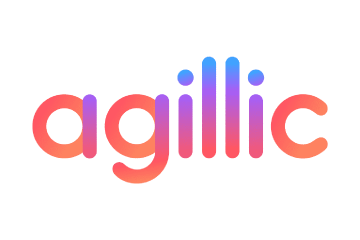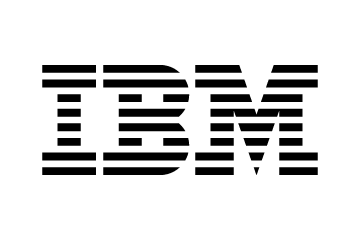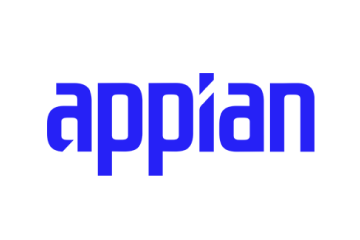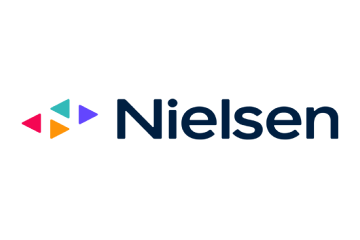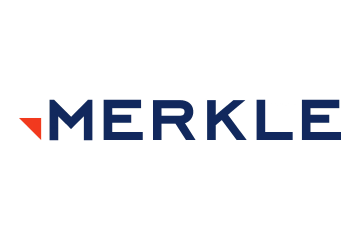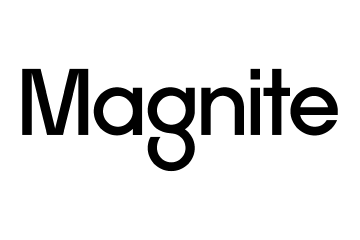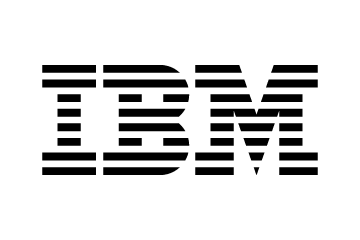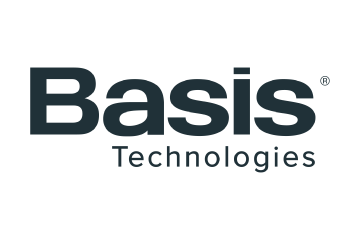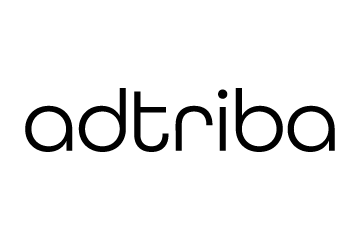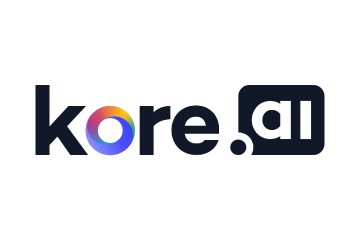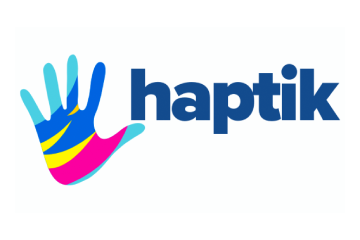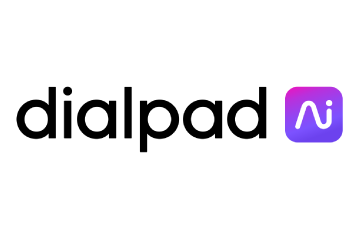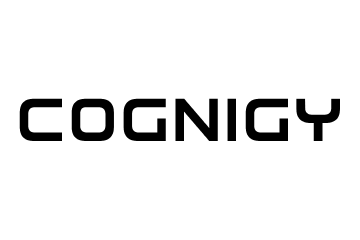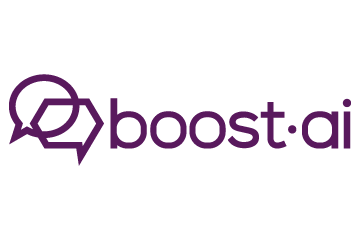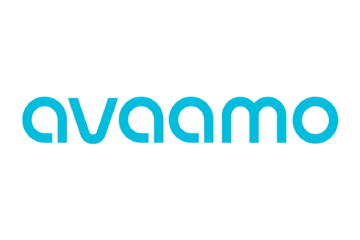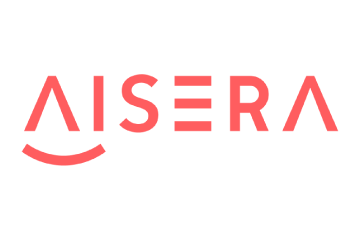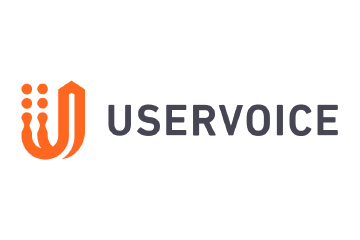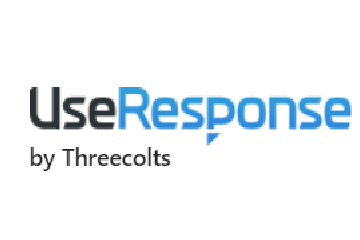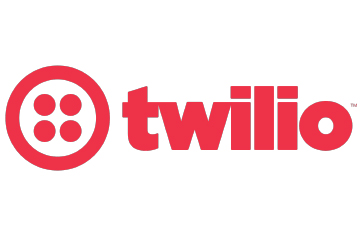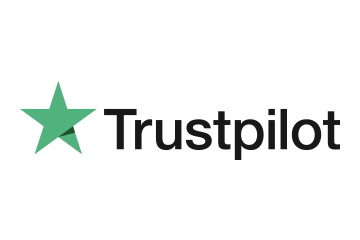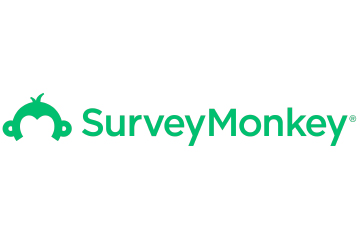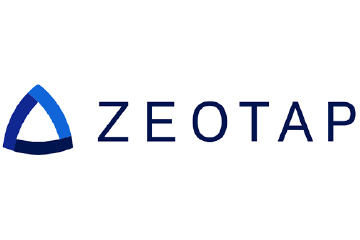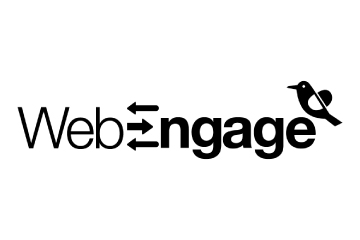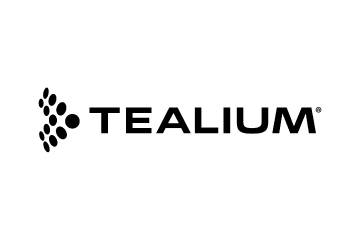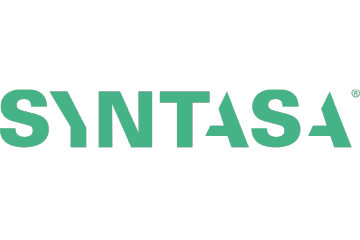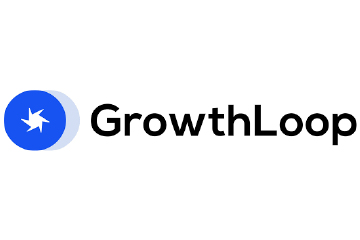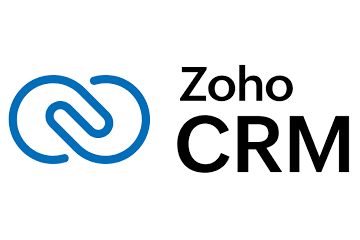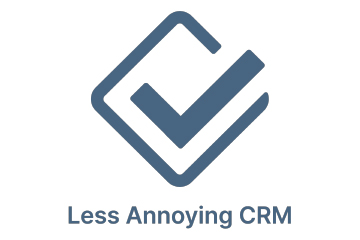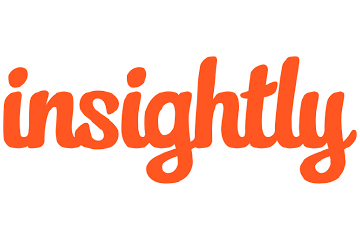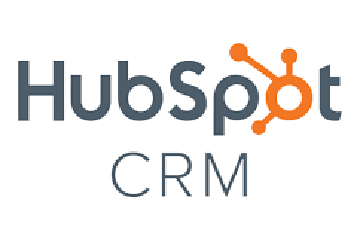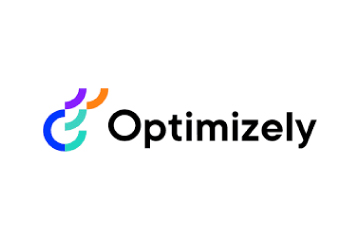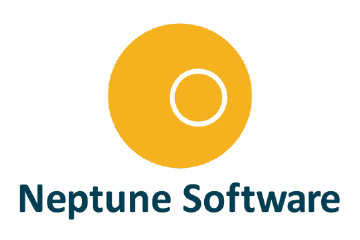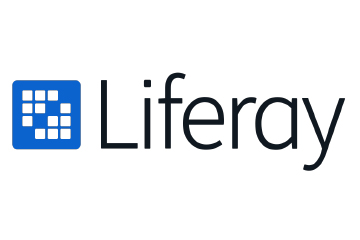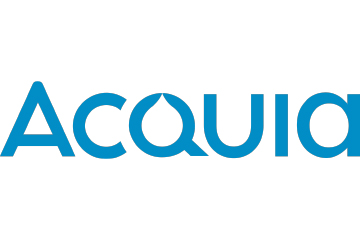How Marketers are Surviving the AI-Powered Marketing Storm
From balancing metrics with brand magic to ethical uses of synthetic data, modern marketing is a high-wire act. David Norris, CMO at boost.ai breaks down how AI is reshaping campaigns, CX ownership, and the very role of CMOs and what it means to stay ahead.
Topics
What to Read Next
- Zeta Global, OpenAI Partner to Deliver Answer-Driven Marketing with Athena
- WPP Launches Agent Hub on WPP Open
- Stagwell Launches ‘The Machine’: Agentic Marketing Operating System
- PubMatic Unveils AgenticOS, the Operating System for Agent-to-Agent Advertising
- Marketing Architects, Jounce Media Partner to Bring CTV Buying Transparency

Marketing used to be a numbers game. Now, it’s a creativity-and-AI tightrope. The big idea hasn’t gone anywhere but reaching it means orchestrating hundreds of micro-moments, trusting machines without losing your voice, and treating metrics as signals, not gospel.
This brings CMOs down a new path where AI, data, and creativity collide, forcing a rethink of how marketing drives growth, engages customers, and partners with other teams.
“Media consumption is so fragmented and there are more eyeballs in more places, so delivering on a big brand idea actually requires some level of micro-campaigning, and always had since the Internet arrived.. AI can serve as the right connective tissue between micro-campaigns, and larger brand messages, but you should still always have an idea,” says David Norris, CMO at boost.ai.
David shares his perspective on the evolving role of marketing leadership, the ethical and practical implications of AI, and how to balance big ideas with micro-campaign execution in an increasingly fragmented digital landscape.
Excerpts from the interview:
Are CMOs being pushed too hard to ‘do more with less’ ?
CMOs are constantly faced with the challenge to deliver on a budget. AI can now help marketers navigate this tension because it frees up room for more creative thinking, allowing repetitive or time-intensive tasks to be offloaded or reconfigured but there is a need to embrace and learn how AI can help and use it in the right ways.
Has marketing lost its soul in the race for optimisation?
Great creative will always be a key driver of great performance. AI will ultimately help in enabling marketers to deliver better quality, more targeted creative, while also providing a framework to track performance in a more optimised fashion. It’s a balance, one that requires marketers to strive for both because you need to strengthen brand identities so campaigns continue to resonate.
Is it time for marketing teams to stop owning CX?
Marketing teams should be, or likely already are, partnered closely with these teams. It depends on the organisation and industry, but the most important element for AI users and consumers is trust. Placing that at the core of internal operations is critical, regardless of which team has final ownership over a project.
If an AI can design hundreds of micro-campaigns in minutes, does that devalue the role of a big brand idea?
The ecosystem has changed so much, even before generative AI, that multiple touchpoints to a larger campaign were necessary to reach target audiences. Media consumption is so fragmented and here are more eyeballs in more places, so delivering on a big brand idea actually requires some level of micro-campaigning, and always had since the Internet arrived.. AI can serve as the right connective tissue between micro-campaigns, and larger brand messages, but you should still always have an idea.
Where do you stand on the ethical use of synthetic customer data to simulate feedback?
At boost.ai, we use synthetic data for both training and testing. The difference is, a majority of our customers operate within highly-regulated industries like financial services, meaning our data sets need to be realistic while also minimising risk around sensitive personal data points.
We also caution against solely using synthetic data for testing, as these sets can miss real-world scenarios or lack necessary variation. Ultimately, updating data continuously is critical to successful deployment for anything from a minor update to a major feature launch.
Do you think the term ‘conversational AI’ will still exist in five years?
Conversational AI refers broadly to systems that enable human-like interaction using AI, where conversation is the primary means of engagement. The term will stick around for the foreseeable future because it encompasses so many aspects of how we’re currently using and interacting with AI. “Interface” implies a singular touchpoint, but as it stands, AI is used in multiple, targeted applications, which is what’s really driving innovation across industries – maybe the bigger shift will be on a consumer level where people will grasp that a conversation will be the main way to access the internet or complete a task.
ALSO READ: 7 Hard Truths About Building AI Products That Last













